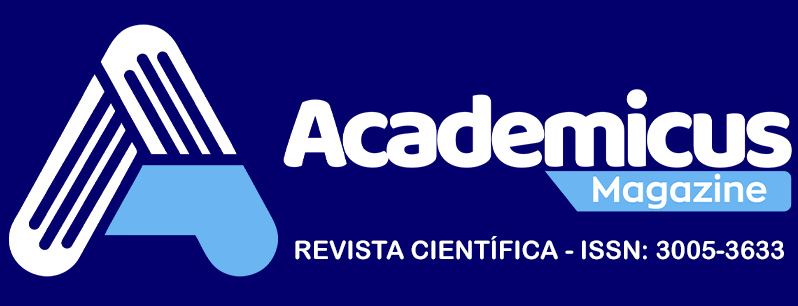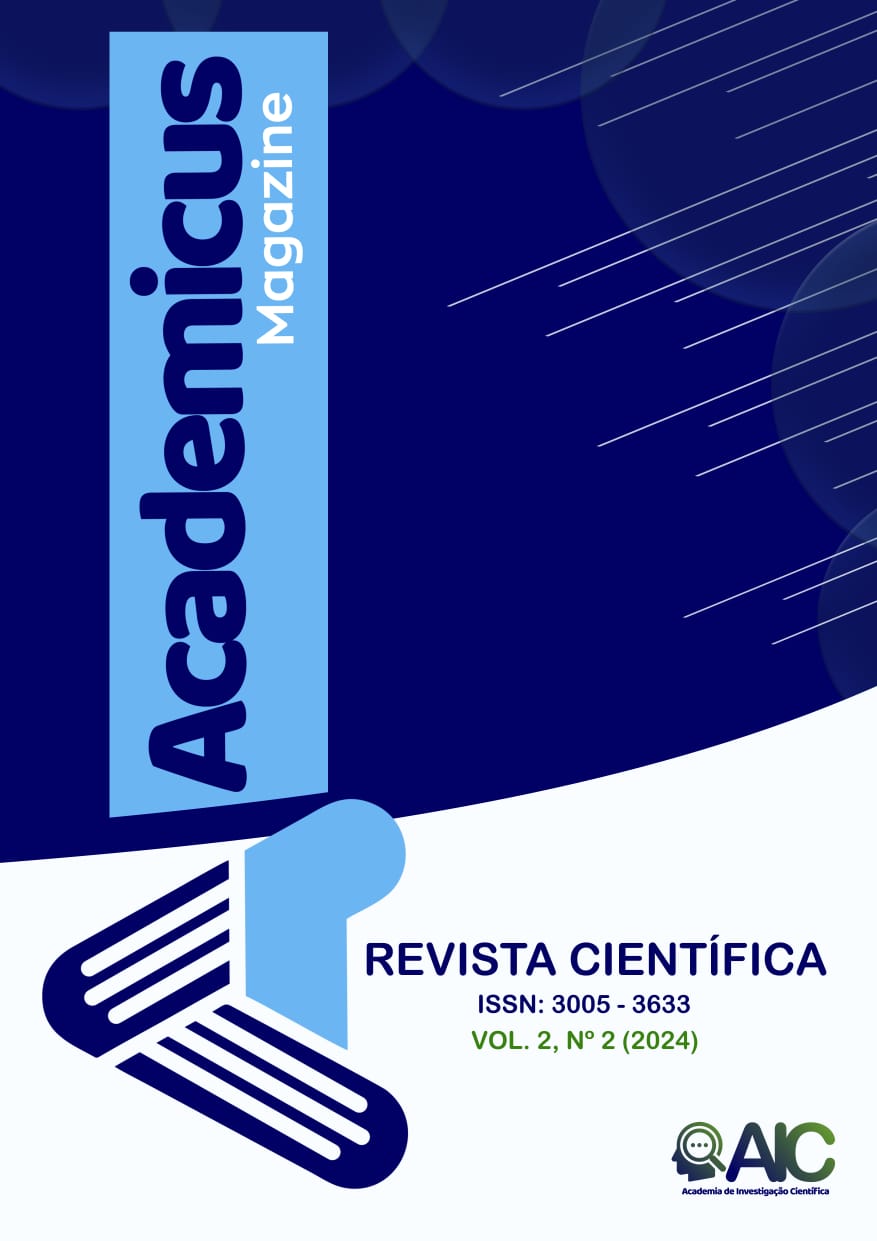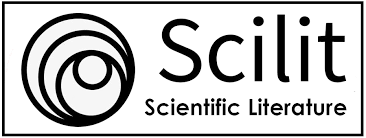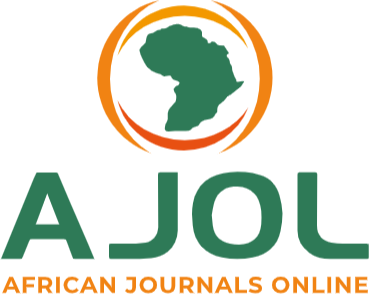Desarrollo urbano insostenible frente al aumento del nivel del mar en Angola
Los casos del Barrio de Camuxiba (Luanda) y Porto Amboim (Kwanza Sur)
DOI:
https://doi.org/10.5281/zenodo.13237523Palabras clave:
Crecimiento urbano, Aumento del nivel del mar, Insostenible, Barrio de la Camuxiba, Playa de Porto AmboimResumen
El objeto de estudio es la interferencia que crea el desarrollo urbano en contacto con el mar, inmerso en un proceso de elevación de su nivel y, en consecuencia, en la incidencia del oleaje. Este trabajo se centra en dos lugares con dinámicas de crecimiento urbano diferentes: uno basado en la ocupación del espacio sin control ni supervisión, en Bairro da Camuxiba (Luanda); y otra con trama urbana más ordenada, en Praia do Porto Amboim, entre la EN-100 y el Océano Atlántico. La metodología es exploratoria y descriptiva, basada en el uso de imágenes satelitales disponibles en Google Earth Pro™. En Camuxiba las imágenes dan una ventana temporal entre 2001 y 2023, en Porto Amboim sólo de 2010 a 2023. Los resultados muestran que, a pesar de tener diferentes modelos de crecimiento, este es insostenible y su crecimiento está condenado al fracaso, siendo los aspectos ambientales y sociales los más afectados por la insostenibilidad.
Descargas
Citas
Almeida, A. C. (2019). Riscos de Erosão Costeira [Coastal Erosion Risks]. In L. Lourenço, & N. Adélia (Coord.), Catástrofes mistas : uma perspetiva ambiental [World catastrophes: an environmental perspective] (https://doi.org/10.14195/978-989-26-1901-9) (109-154). Imprensa da Universidade de Coimbra. https://doi.org/10.14195/978-989-26-1901-95
Amaral, I. (2002). Luanda e os seus dois arcos complexos de vulnerabilidade e risco: o das restingas e ilhas baixas e o das escarpas abarrocadas. [Luanda and its two complex arcs of vulnerability and risk: the sandbanks and low islands and the barricaded escarpments] Territorium, 9, 89-115. http://dx.doi.org/10.14195/1647-772396
Angola-Ministério do Ambiente. (2019). Plano de Adaptação às Alterações Climáticas da Zona Costeira de Angola. [Adaptation Plan to Climate Change in the Coastal Zone of Angola] Luanda: Ministério do Ambiente. https://info.undp.org/docs/pdc/Documents/AGO/Get2C_ProdutoIV.1%20-%20Final%20Draft.pdf
Alvarez-Martinez, F. (2016). Modelling the Impact of Coastal Defence Structures on the Nearshore Morphodynamics. (Tese de Doutoramento). Cardiff: Cardiff University. https://orca.cardiff.ac.uk/id/eprint/99018/1/2017Alvarez-MartinezFPhD.pdf
Bettencourt, A. C. (2011). Qualificação e reabilitação de áreas urbanas críticas. Os musseques de Luanda. [Qualification and rehabilitation of critical urban areas The musseques of Luanda] (Dissertação de Mestrado Universidade Técnica de Lisboa). Repositório Universidade Técnica de Lisboa. https://www.repository.utl.pt/handle/10400.5/3654
Burity, L. S. (2023). Habitar o (in)formal: o caso dos musseques de Luanda: perspetivas de futuro numa sociedade participativa [Inhabiting the (in)formal: the case of Luanda's musseques: prospects for the future in a participatory society]. (Dissertação de Mestrado). Lisboa: Universidade Lusíada. Recuperado 10 de Septiembre 2023, de http://repositorio.ulusiada.pt/bitstream/11067/7028/1/mia_l%C3%ADdia_burity_dissertacao.pdf
Cain, A. (2011). Monitoria Participativa da Pobreza Urbana e as ODMs. [Participatory Monitoring of Urban Poverty and the MDGs] Luanda: DW-Development Workshop Luanda. https://dw.angonet.org/content/allan-cain-rede-da-probeza-monitoria-participativo-da-pobreza
Cain, A. (2014). Adaptação às Alterações Climáticas e Gestão de Recursos Hídricos nos Assentamentos Costeiros em Angola. [Adaptation to Climate Change and Management of Water Resources in Coastal Settlements in Angola] IIED - International Institute for Environment and Development. https://pt.slideshare.net/DevelopmentWorkshopAngola/allan-cain-alteracoes-climaticas-e-assentamentos- costeiros-dw-debate-18072014
Cain, A. (2016). Planeamento das Cidades Costeiras de Angola para a Adaptação Climática. [Planning of Angola's Coastal Cities for Climate Adaptation] Luanda: DW-Development Workshop Angola. https://www.slideshare.net/DevelopmentWorkshopAngola/20160331-hausing-finance-planeamento-das- cidades-costeiras-de-angola-para-a-adaptacao-climatica-allan-cain?from_action=save
Cain, A. (2017). Water resource management under a changing climate in Angola’s coastal settlements. London: IIED - International Institute for Environment and Development. https://pubs.iied.org/sites/default/files/pdfs/migrate/10833IIED.pdf
Cazenave, A., & Le Cozannet, G. (2013). Sea level rise and its coastal impacts. Earth’s Future, 2, pp. 15-34. https://doi.org/10.1002/2013EF000188
Cazenave, A., & Llovel, W. (2010). Contemporary Sea Level Rise. Annual Review of Marine Science, 2, 145-173. https://doi.org/10.1146/annurev-marine-120308-081105
Chambers, D., Merrifield, M., & Nerem, R. (2012). Is there a 60-year oscillation in global mean sea level? Geophysical Research Letters, 39. https://doi.org/10.1029/2012GL052885
Church, J., & White, N. (2006). A 20th century acceleration in global sea-level rise. Geophysical Research Letters, 33. https://doi.org/10.1029/2005GL024826
Church, J., & White, N. (2011). Sea-Level Rise from the Late 19th to the Early 21st Century. Surveys in Geophysics, 32, 585-602. https://doi.org/10.1007/s10712-011-9119-1
Clark, P., Shakun, J., Marcott, S., Mix, A., Eby, M., Kulp, S., . . . Plattner, G.-K. (2016). Consequences of twenty-first- century policy for multi-millennial climate and sea-level change. Nature Climate Change, 10. https://doi.org/10.1038/nclimate2923
Flora, Y. A. (2018). Bairro das Ingombotas, em Luanda: Herança Urbanística e Arquitetónica. [Bairro das Ingombotas, in Luanda: Urban and Architectural Heritage] (Dissertação de Mestrado Universidade Técnica de Lisboa). Repositório da Universidade Técnica de Lisboa. https://www.repository.utl.pt/handle/10400.5/17968?locale=en
Gomes, C. A. (2013). O desafio da protecção do ambiente em Angola. [The challenge of protecting the environment in Angola] Revista Campo Jurídico, 1, (1), 13-34. http://www.fd.ulisboa.pt/wp- content/uploads/2015/02/ANGOLAAMBIENTE_-carla-amado-gomes.pdf
GPCS-Governo Provincial de Cuanza Sul. (2017). Estudo do Sector do Turismo do Município de Porto Amboim. [Study of the Tourism Sector of the Municipality of Porto Amboim] Luanda: FAS – Fundo de Apoio Social e Adaministração Municipal de Porto Amboim. http://fas.co.ao/wp-content/uploads/2018/03/ESTUDO-DO- SECTOR-DO-TURISMO_PORTO-AMBOIM.pdf
Gregory, J., White, N., Church, J., Bierkens, M., Box, J., van den Broeke, M., . . . van de Wal, R. (2013). Twentieth-Century Global-Mean Sea Level Rise: Is the Whole Greater than the Sum of the Parts? Journal of Climate, 26, 4476-4499. https://doi.org/10.1175/JCLI-D-12-00319.1
Hattori, M. (1982). Field Study on Onshore-Offshore Sediment Transport. In B. Edge (Ed.), 18th Conference on Coastal Engineering. 1(18). Cape Town: ASCE. https://doi.org/10.9753/icce.v18.58
INE-Angola. (2016). Projecção da População 2014-2050. [Population Projection 2014-2050] Luanda: INE (Intituto Nacional de Estatística). https://leadershipbt.com/INE/?option=com_fileman&view=file&routed=1&name=PROJEC%C3%87%C3%83 O%20NACIONAL.pdf&folder=publicacao%2FPopulacao%20e%20sociedade&container=fileman- files&exp_token=eyJ0eXAiOiJKV1QiLCJhbGciOiJIUzI1NiJ9.eyJleHAiOjE2MTk1MzE4NjUsImlhdC
Jevrejeva, S., Moore, J., Grinsted, A., & Woodworth, P. (2008). Recent global sea level acceleration started over 200 years ago? Geophysical Research Letters, 35. https://doi.org/10.1029/2008GL033611
Jevrejeva, S., Moore, J., Grinsted, A., Matthews, A., & Spada, G. (2014). Trends and acceleration in global and regional sea levels since 1807. Global and Planetary Change, 113, 11-22. https://doi.org/10.1016/j.gloplacha.2013.12.004
Lim, C., Hwang, S., & Lee, J. L. (2022). An analytical model for beach erosion downdrift of groins: case study of Jeongdongjin Beach, Korea. Earth Surface Dynamics, 10(2), 151-163. https://doi.org/10.5194/esurf-10- 151-2022
Martín, J., Bethencourt, J., & Cuevas-Agulló, E. (2012). Assessment of global warning on the island of Tenerife, Canary Islands (Spain). Trends in minimum, maximum and mean temperatures since 1944. Climatic Change, 114(2), 343-355. https://doi.org/10.1007/s10584-012-0407-7
Milne, G., Gehrels, W., Hughes, C., & Tamiseia, M. (2009). Identifying the causes of sea-level change. Nature Geoscience, 2(7), 471-478. https://doi.org/10.1038/ngeo544
ODIC, & DKN. (2014). The IPCC’s Fifth Assessment Report. What’s in it for Africa? Overseas Development Institute and Climate and Development Knowledge Network. https://cdkn.org/wpcontent/uploads/2014/04/J1731_CDKN_FifthAssesmentReportWEB.pdf
Paskoff, R. (1998). La crise des plages: pénuire de sédiments. [The beach crisis: sediment shortage] Mappemonde, 52(4). http://www.mgm.fr/PUB/Mappemonde/M498/Paskoff.pdf
Paskoff, R. (2000). Le changement climatique, l'élévation du niveau de la mer et les espaces côtiers : synthèse et perspectives. [Climate change, sea level rise and coastal areas: summary and perspectives] Actes du colloque d’Arles 12 et 13 octobre 2000 Le Changement climatique et les espaces côtiers, [Proceedings of the Arles symposium October 12 and 13, 2000 Climate change and coastal áreas] (88-91). Arles, França. https://inis.iaea.org/collection/NCLCollectionStore/_Public/36/041/36041343.pdf?r=1&r=1
Saengsupavanich, C., Ariffin, E. H., Yun, L. S., & Pereira, D. A. (2022). Environmental impact of submerged and emerged breakwaters. Heliyon, 8(12), 1-9. https://doi.org/10.1016/j.heliyon.2022.e12626
Secuma, A. J. (2012). Modelação do Crescimento Urbano da Província de Luanda, Angola. [Modeling Urban Growth in the Province of Luanda, Angola] (Dissertação de Mestrado Universidade Nova de Lisboa). Repositório Universidade Nova de Lisboa. https://run.unl.pt/handle/10362/9214?locale=en
Simm, J., Orsini, A., Blanco, B., Lee, A., Sands, P., Williams, J., . . . Spencer, R. (2020). Groynes in coastal engineering. Guide to design, monitoring and maintenance of narrow footprint groynes. London: CIRIA-Construction Industry Research and Information Association. Recuperado 11 Junio, 2023, de https://southerncoastalgroup-scopac.org.uk/wp-content/uploads/2021/01/Groynes_in_coastal_engineering_CIRIA_C793_May_2020.pdf
Wahl, T., Brown, S., Haigh, I. D., & Nilsen, J. E. (2018). Coastal Sea Levels, Impacts, and Adaptation. Journal of Marine Science and Engineering, 6, 19, 7. https://doi.org/10.3390/jmse6010019
Descargas
Publicado
Cómo citar
Número
Sección
Licencia
Derechos de autor 2024 José Francisco Bethencourt-González

Esta obra está bajo una licencia internacional Creative Commons Atribución-NoComercial-SinDerivadas 4.0.
























